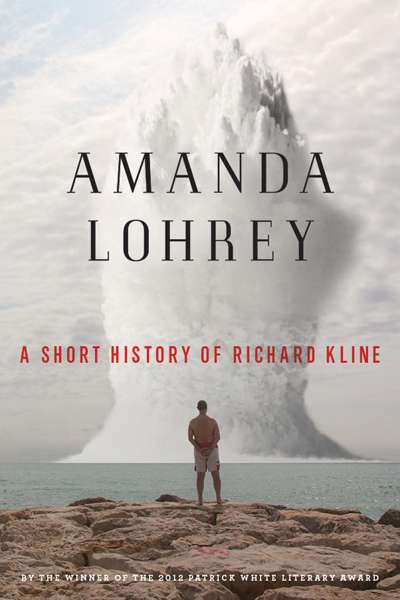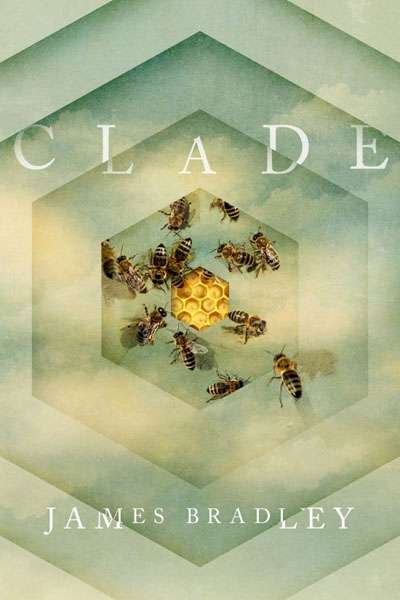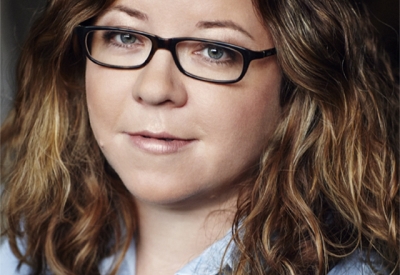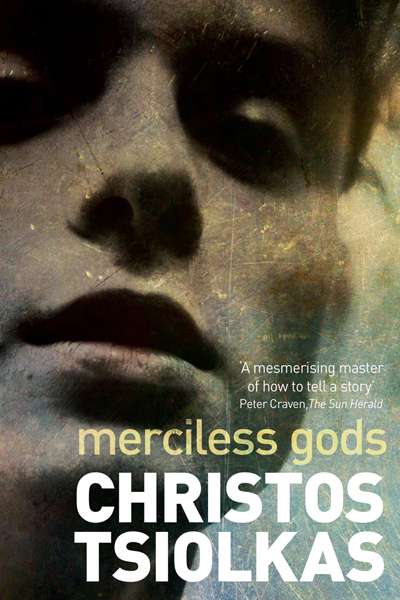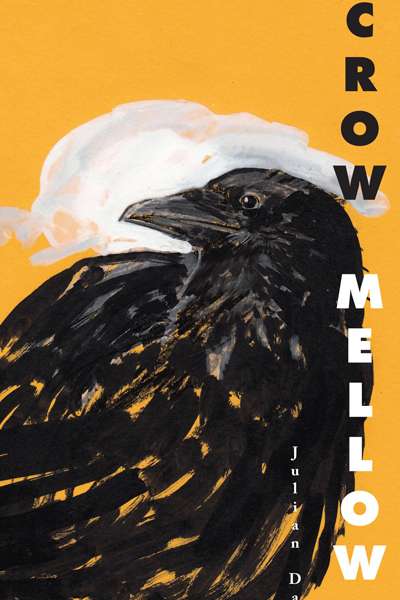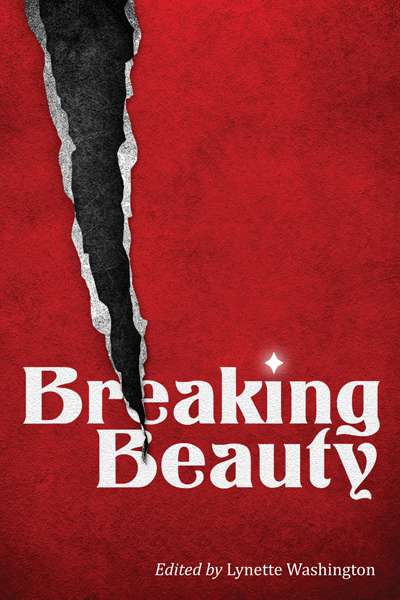Australian Fiction
Kerryn Goldsworthy on 'Tirra Lirra by the River' by Jessica Anderson for Reading Australia
In 1978, Australia’s two most coveted national literary prizes of the time were both won by women: Helen Garner’s first novel Monkey Grip (1977) won the National Book Council Award for fiction, and the Miles Franklin Literary Award was won by Tirra Lirra by the River (1978), Jessica Anderson’s fourth novel. Both of these books have since become classics of Australian literature, rarely out of print and regularly rediscovered by new generations of readers.
Australian fiction, both in its production and in its critical reception, had been dominated by male writers since the end of World War II. There were isolated exceptions, most notably Christina Stead, Elizabeth Harrower, and Thea Astley, all now regarded as major Australian novelists. But the two big awards to Anderson and Garner in 1978 marked a shift in readerly tastes and the beginning of something more like equality in the writing, publishing, and reading of fiction in Australia. It may or may not be a coincidence that the narrator–heroines of Monkey Grip and Tirra Lirra by the River are both called Nora; it’s the name of the main character in Ibsen’s classic play A Doll’s House (1879), which, like these novels, explores the theme of women’s emancipation and selfhood in modern society.
... (read more)My hero is Jakob von Gunten, star of, well, Jakob von Gunten, Robert Walser’s singular novel about a school for servants. I love the quality of Jakob’s subversion in that lovely, strange, tiny place. And my heroine: Theodora Goodman, the eponymous aunt of Patrick White’s The Aunt’s Story, who is glorious and difficult and bewildering and kind.
... (read more)Georgie heard it too. On the very first morning of this story, though so much had gone beforehand. The usual warbling of the typical magpies, if anything so mysteriously complex as a magpie’s song can be called typical. There she’d lie, day after day, alongside Muir in their countless beds, in cramped corner flats and large creaking homesteads, in cold fibro shacks and bedsits baking for the lack of ventilation, listening to the warbling giving birth to the light upon its loom: the many coloured strands of light that, no matter where they were, began each ordinary day. Muir would hurrumph in bed – he was a cranky sleeper; he dreamt of his novels’ characters, he told her, was not to be disturbed, except for sex – his thick freckled shoulder would rise against her and she would sigh and listen, to the coming of the light, until it was eventually strong enough for her to muster the energy and get the kids ready for school. More often than not it was a new school.
... (read more)
